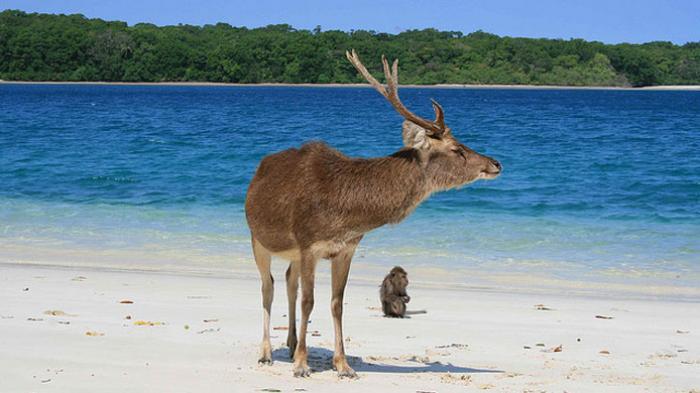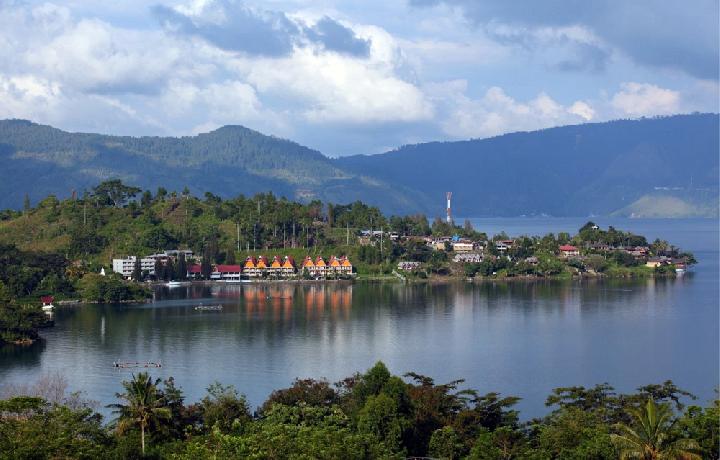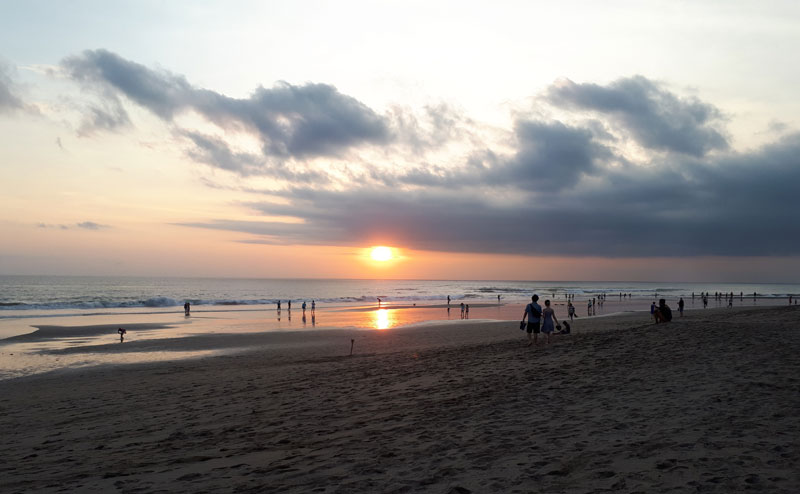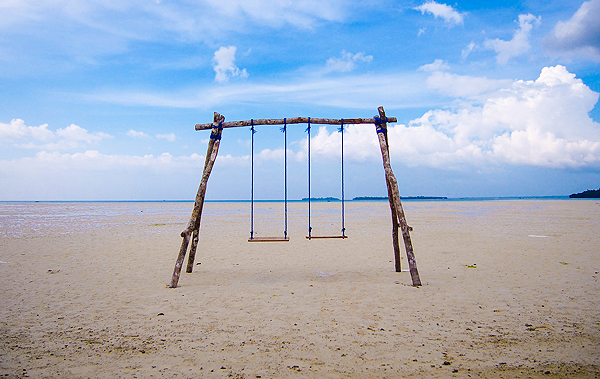Ujung Kulon National Park is one of 21 Model National Parks in Indonesia. Ujung Kulon National Park was established on February 26, 1992, located in Sumur and Cimanggu Districts, Pandeglang Regency, Banten Province which combines the changing functions of several nature reserves and the designation of the surrounding marine waters.
Ujung Kulon area was first introduced by a German Botanist, F. Junghun in 1846, while collecting tropical plants. Although the eruption of Krakatoa in 1883 had wiped out the Ujung Kulon area, a few years later it was discovered that the ecosystem-vegetation and wildlife in Ujung Kulon was growing well quickly.
Its development was later in 1992 through the Decree of the Minister of Forestry Number: 284/Kpts-II/1992 dated February 26, 1992, where Ujung Kulon was designated as Ujung Kulon National Park. Then Ujung Kulon National Park which was designated as a Natural World Heritage Site by the UNESCO World Heritage Commission in 1992 has an area of ??122.95 hectares consisting of a land area of ??78,619 hectares and a water area of ??44,337 hectares.
According to Article 1 of Law No. 5/1990, National Parks are natural conservation areas that have native ecosystems, managed by a zoning system that is used for research, scientific, educational, cultural support, tourism and recreation purposes.
Ujung Kulon National Park has various types of wildlife, both endemic and important to protect. In general, this area is still able to accommodate the breeding of various wildlife populations. Several important endemic species and are rare species that really need to be protected are the Javan Rhinoceros (Rhinoceros sondaicus), Javan Gibbon (Hylobates moloch), Surili (Presbytis aigula) and Forest Dogs (Cuon alpinus javanicus).
In addition to having distinctive flora and fauna, Ujung Kulon National Park also provides a number of interesting and exotic tourist objects that are very worthy to visit such as Peucang Island, Cidaon Shepherd Field, Cibunar Herding Field, Sanghyangsirah Cave, South Beach, Handeuleum Islands, Panaitan Island, Cibiuk Hot Springs, Habitat of Javan Gibbons, Curug Cikacang.
Original article; https://indonesiabaik.id/infografis/taman-nasional-ujung-kulon-tak-sekedar-suaka-badak-jawa
Photo; Andreas Adisyahwarman





